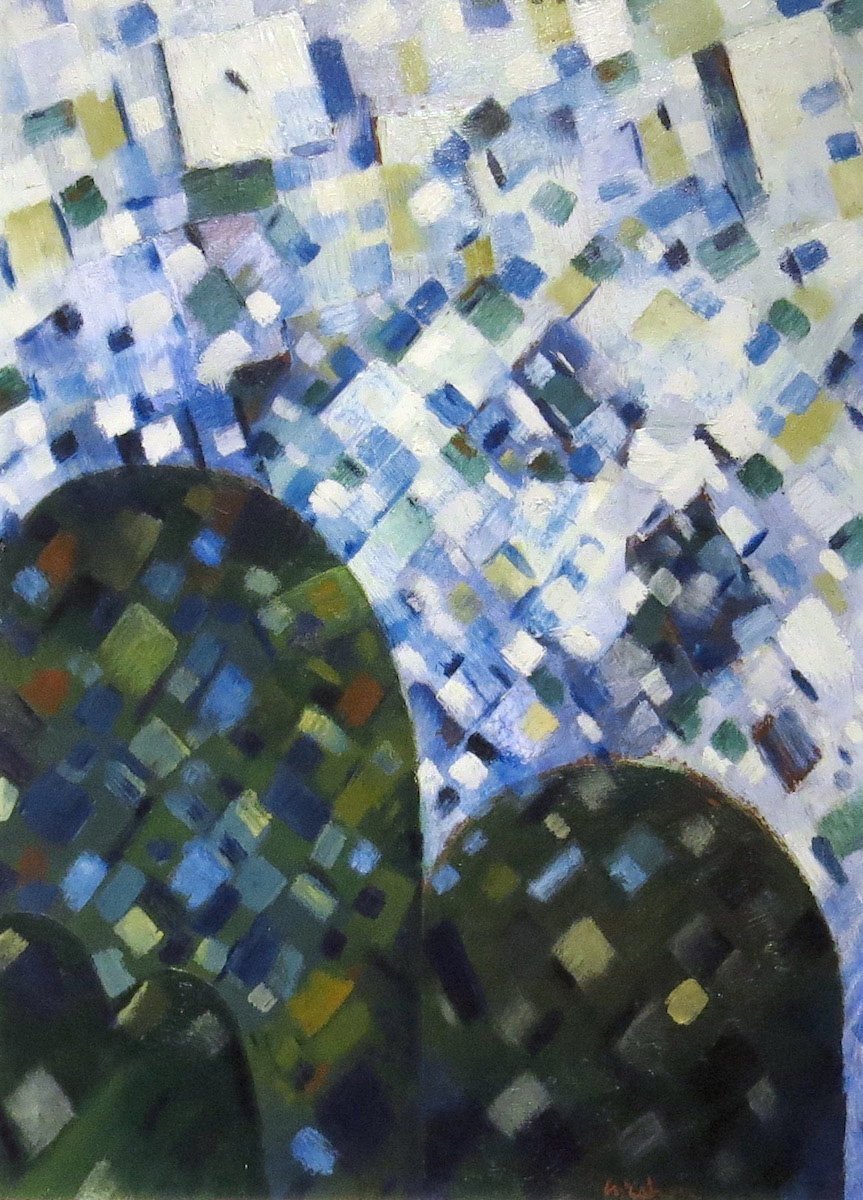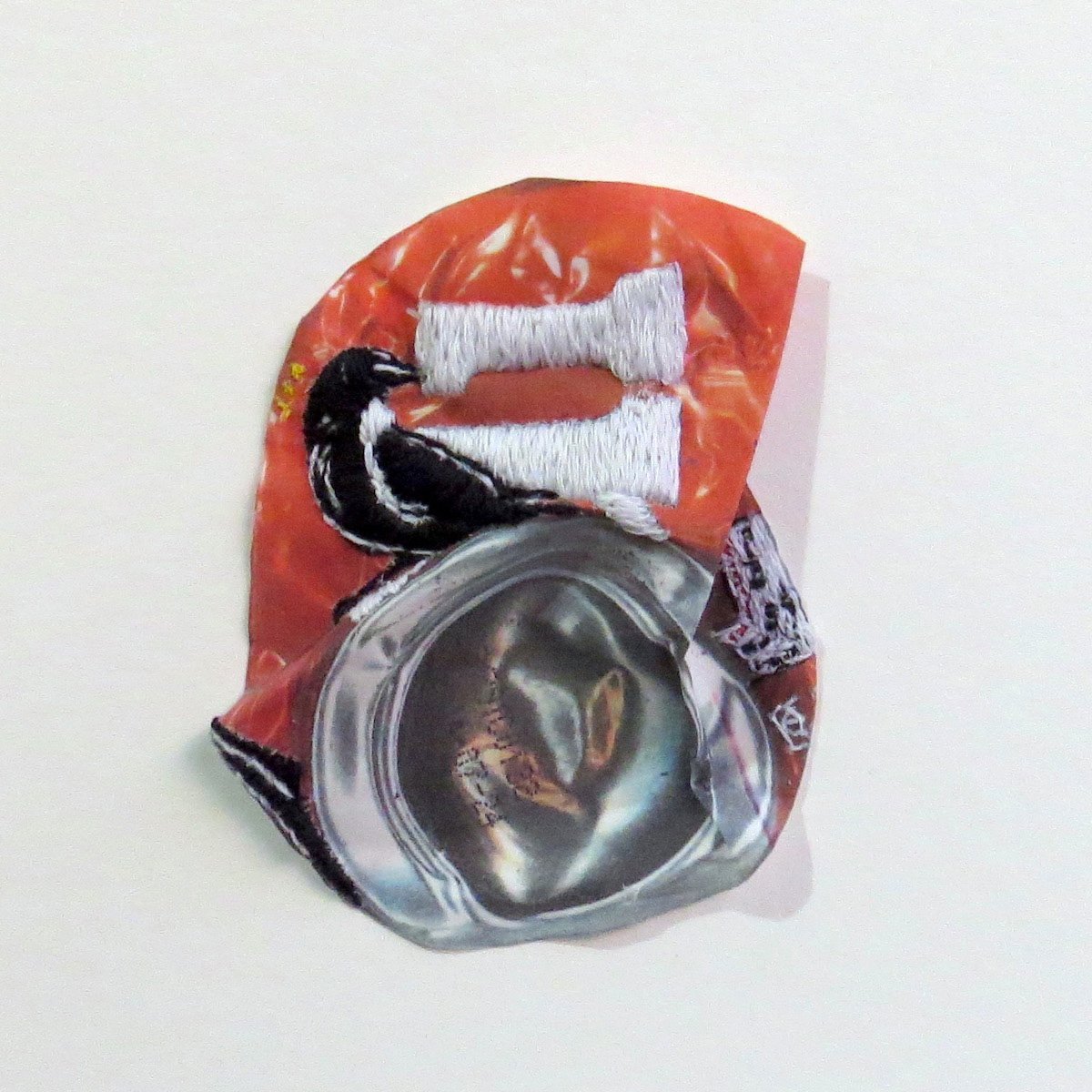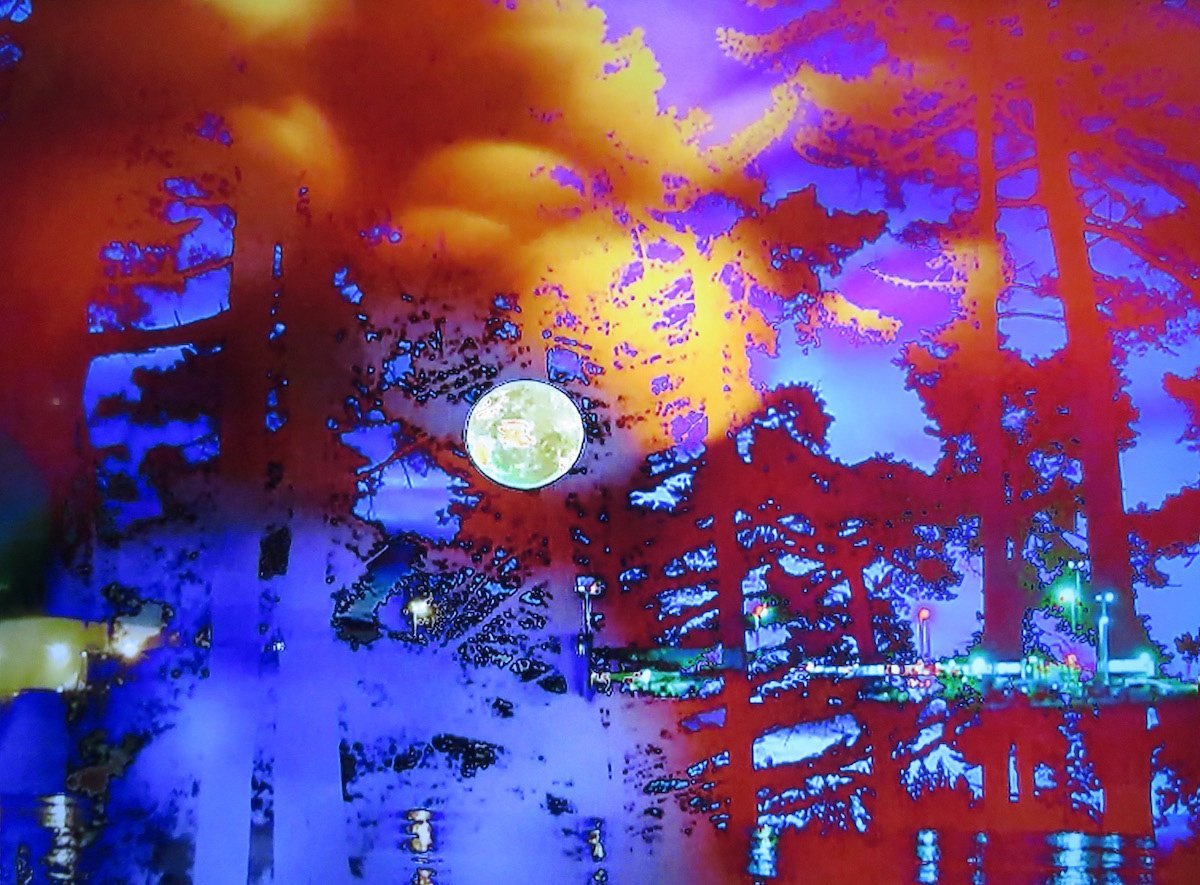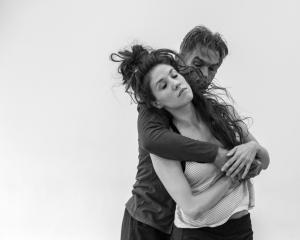
(Milford Galleries Dunedin)
It is not an overstatement to say that Milford Galleries Dunedin has pulled out all the stops in its latest exhibition. Featuring many of the greatest names in 20th- and 21st-century New Zealand art, it is the most remarkable assemblage of works to have been seen in many years locally outside of the city’s main exhibition spaces of the DPAG and Hocken.
The display pits the big names from previous generations, such as Hodgkins and Woollaston, alongside more recent artists on the edge of achieving their own immortality. In doing so it not only brings together an astonishing collection but also allows the works to challenge the viewer — literally, in the case of Chris Bailey’s bronze Kaitiaki, captured in mid-wero stance — and also for the works to become sounding boards for each other. This is perhaps most clear in two large statues by Paul Dibble and Terry Stringer, standing opposite each other across the gallery space. The formal geometries of Ian Scott and the fluid colours of Gretchen Albrecht similarly face each other, seeming to give birth to the liquid etchings of Israel Tangaroa Birch, which have also been imbued by the mauri of Lisa Reihana’s Kurangaituku.
The exhibition is an eye-opening delight, and one that comes along far too seldom.

(Olga)
Jay Hutchinson’s latest exhibition continues the artist’s interest in psychogeography, the unearthing of narratives about the social life of a site through its often overlooked features.
Hutchinson has long used the symbolism of rubbish and detritus as an embodiment of the social history of a particular area. The artist embellishes found discarded objects with embroidery, raising the items from trash to a more artistic status. Using the titular six beer cans, Hutchison psychologically maps the West Harbour area of Dunedin, creating a series of small works from simple pieces of industrial archaeology.
Alongside these pieces are two much larger works, both of which are closer to installation than simple mixed-media works on canvas. The newer of these is Holiday, which uses an embroidered empty cigarette packet on a stack of pavers which were taken up from George St during the central city’s recent re-landscaping. The use of these bricks freezes the item at a distinct moment in time, representing central Dunedin at a specific point in its history.
The largest work on display is the only piece not created specifically for this exhibition. Based on a damaged fence seen in a Nelson alleyway, Untitled Nelson Landscape May 2019 painstakingly recreates the fence dent by dent using embroidered cotton sheets over a timber frame.

(Dunedin Public Art Gallery Rear Window)
Isaiah Okeroa also uses psychogeography in the Dunedin Public Art Gallery’s Rear Window video exhibition, albeit exploring a sense of place across time and across the visible and invisible world.
The artist has created a multi-sensual work, which has been given the deliberately ambiguous title Kiwa, a term which can both refer to the Pacific Ocean and to the state of darkness encountered when a person closes their eyes. It also carries the connotation of sadness. As such, it encompasses both te ao o Kiwa, the Pacific and its islands, but also the nether region between waking reality and the mystical mystery of the dream world.
Okeroa uses the metaphor of the harakeke, a vital material in Māori craft and also one which can be woven into a near-unbreakable chain, connecting the peoples of Oceania with each other and also with their traditions. Using deliberately lurid and poster-ised colour combinations, the video layers double images of nature and city, outer peace and inner striving, ritual and the washing of the tide. The pairings emphasise the growing divide between the traditional and the modern and between modern life and the concepts of tikanga. The video is both stimulating and calming, jarring and calming.
By James Dignan












